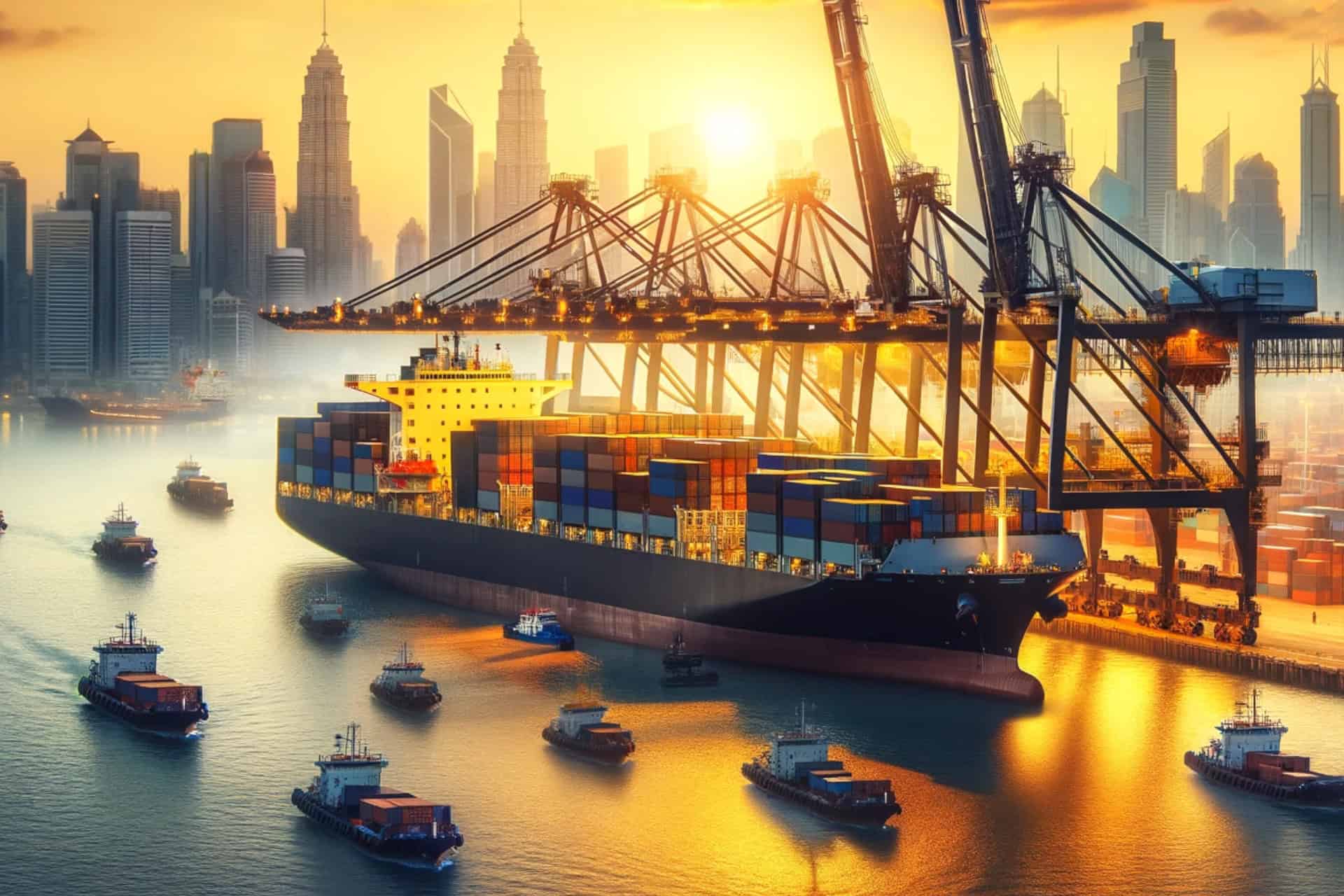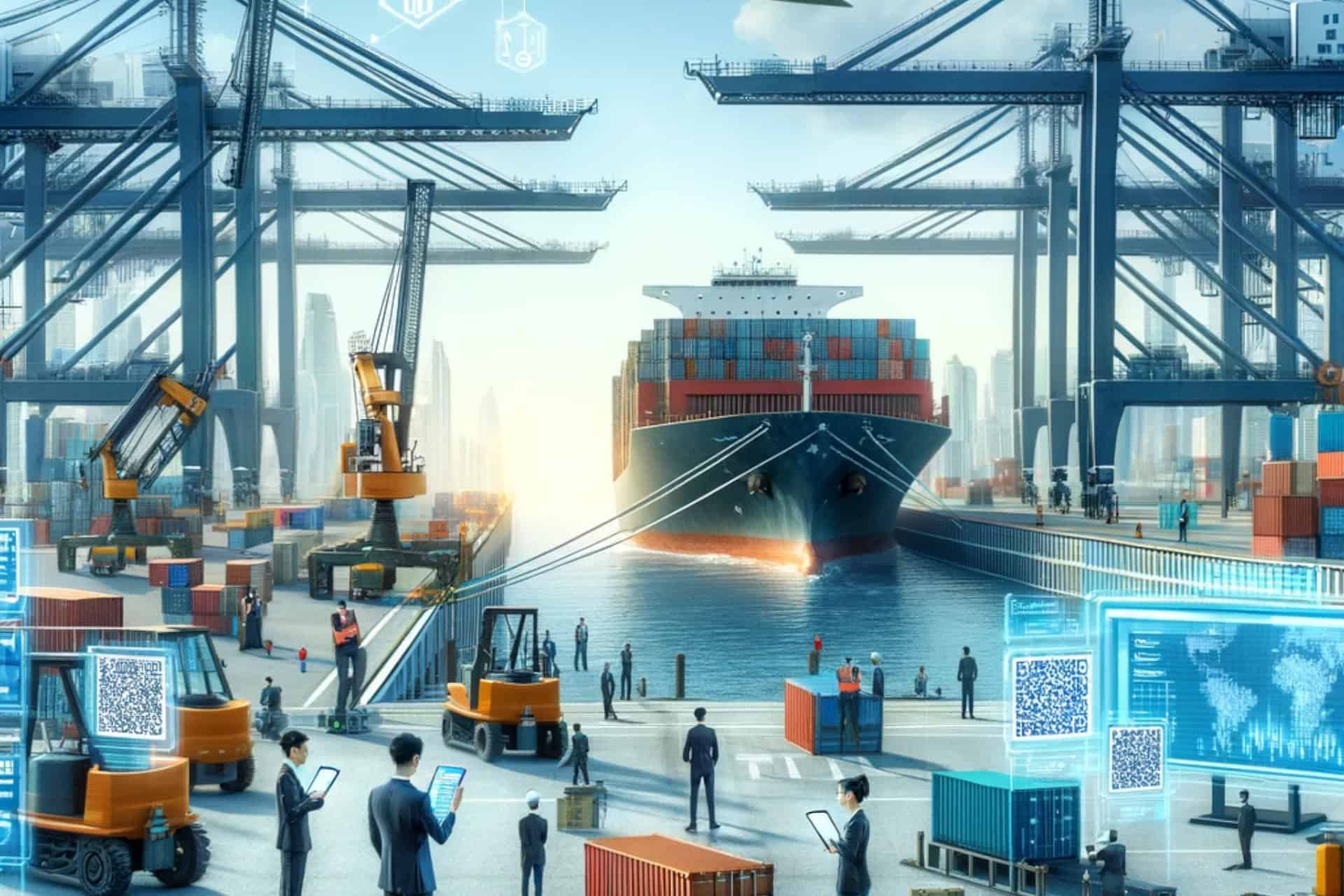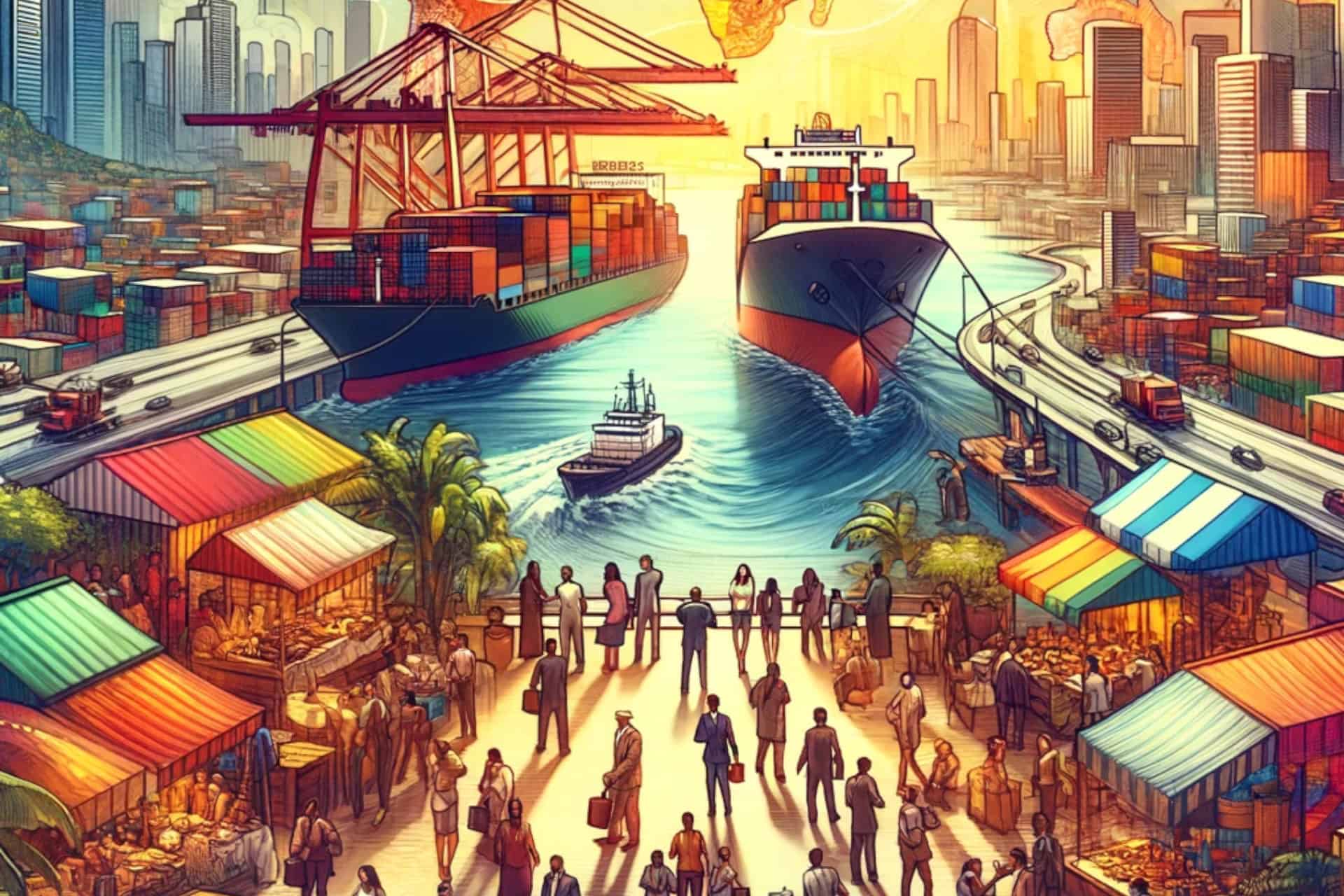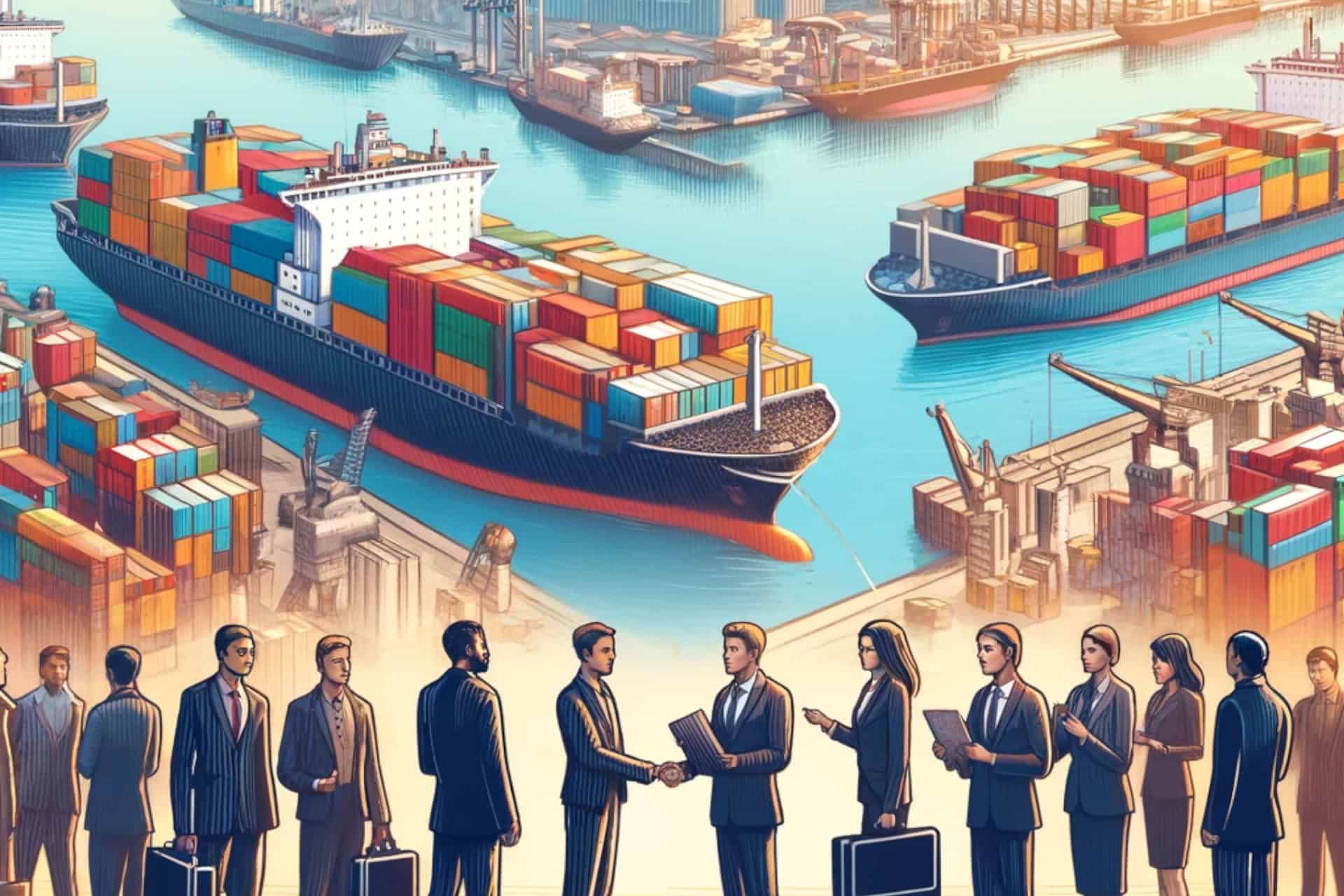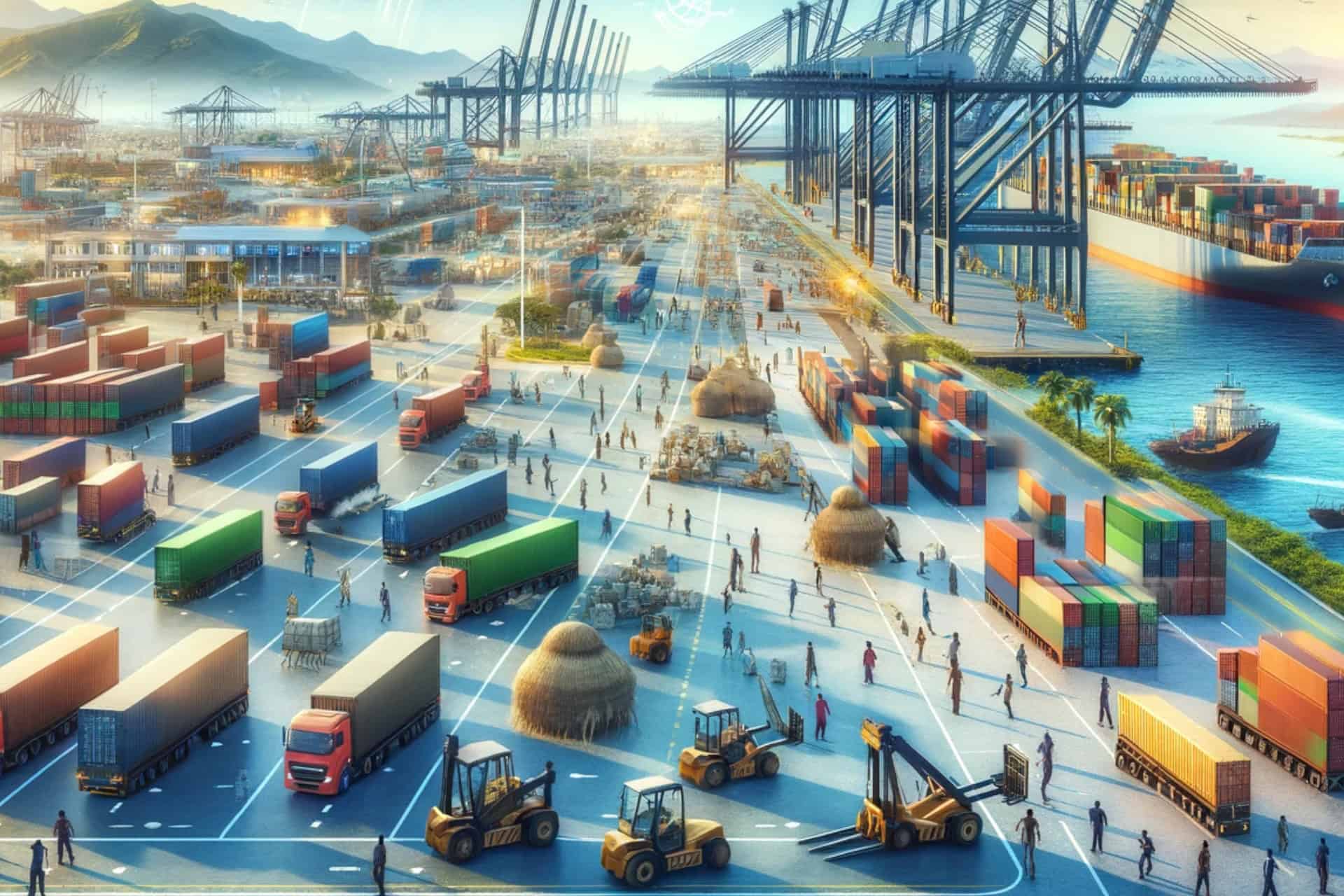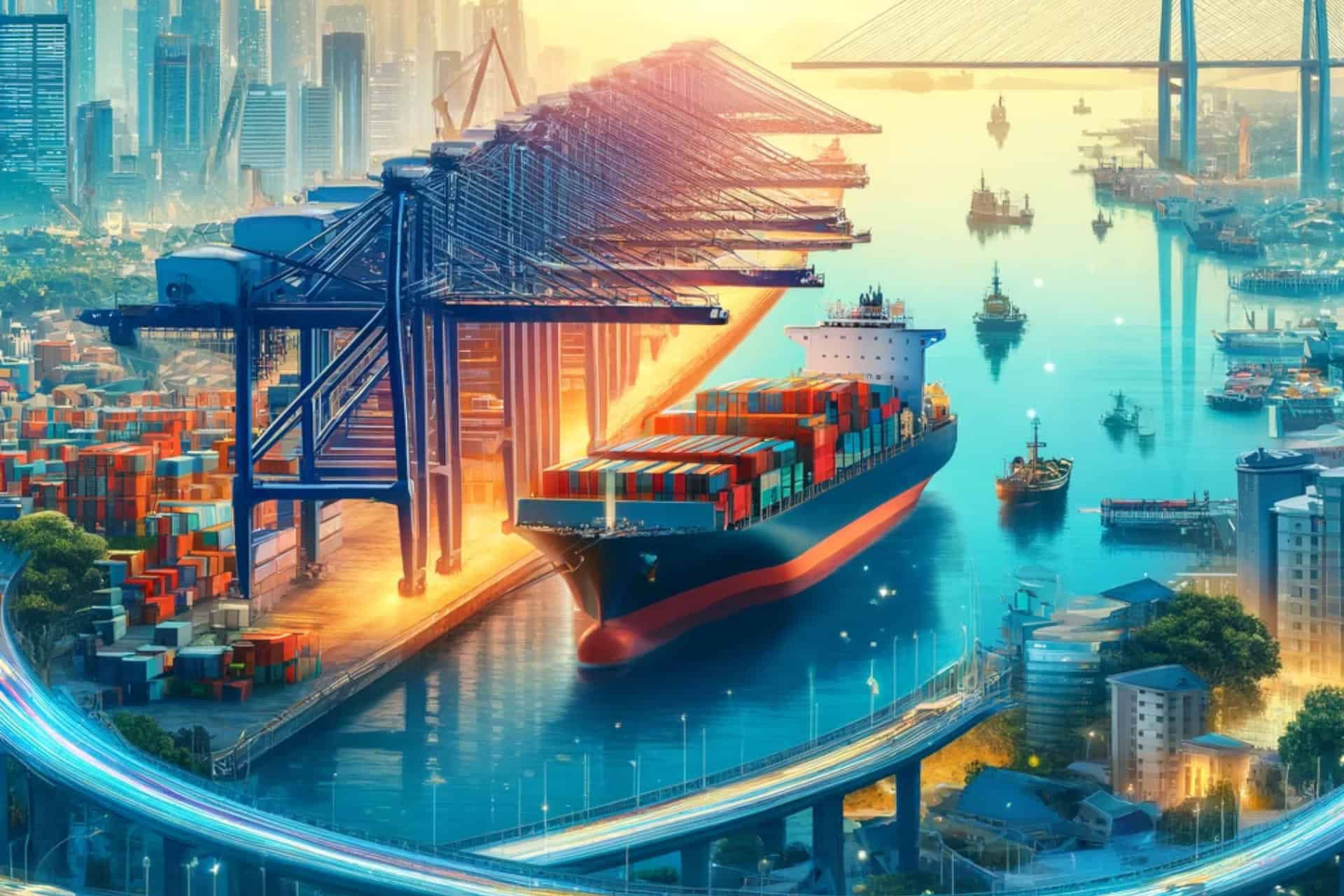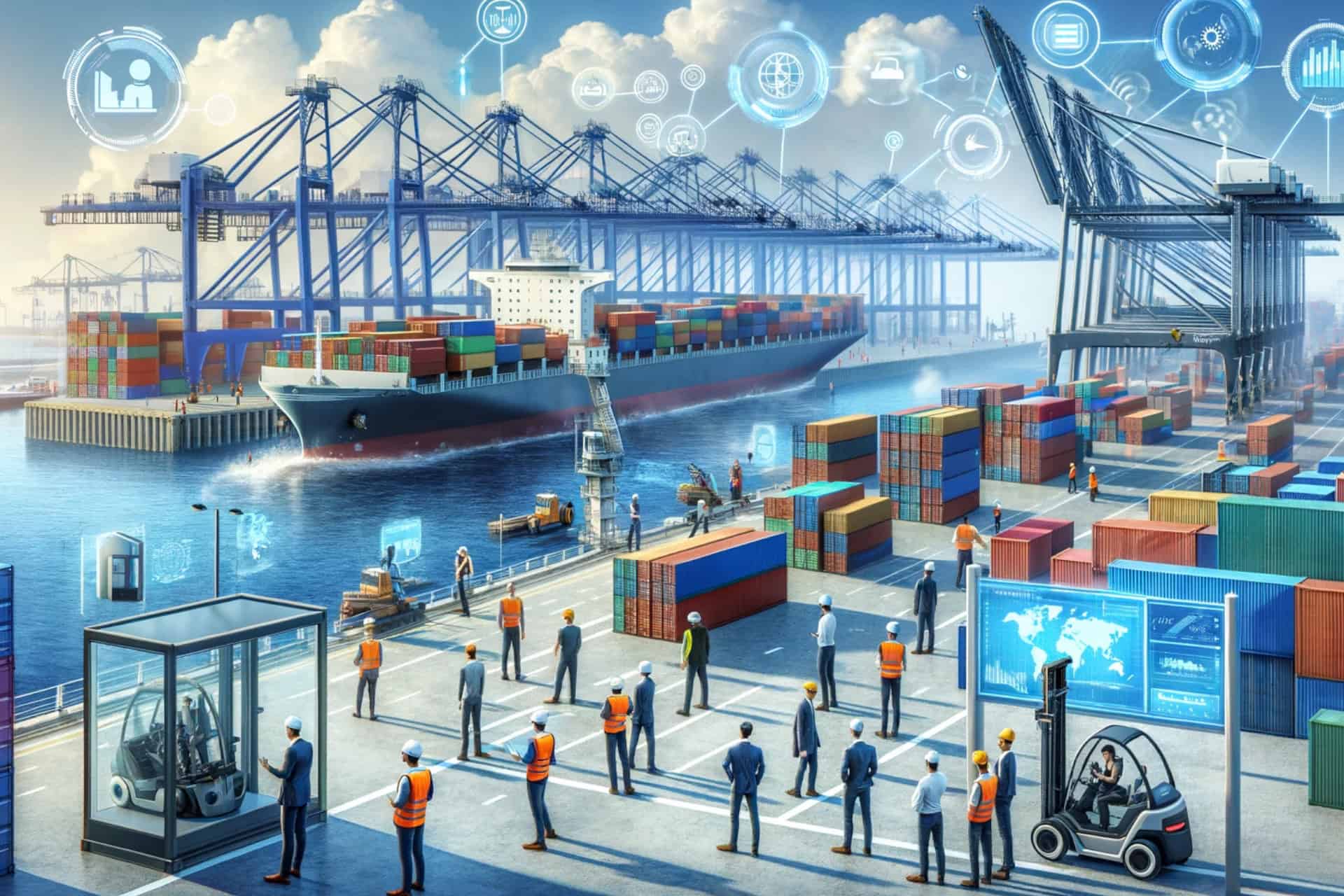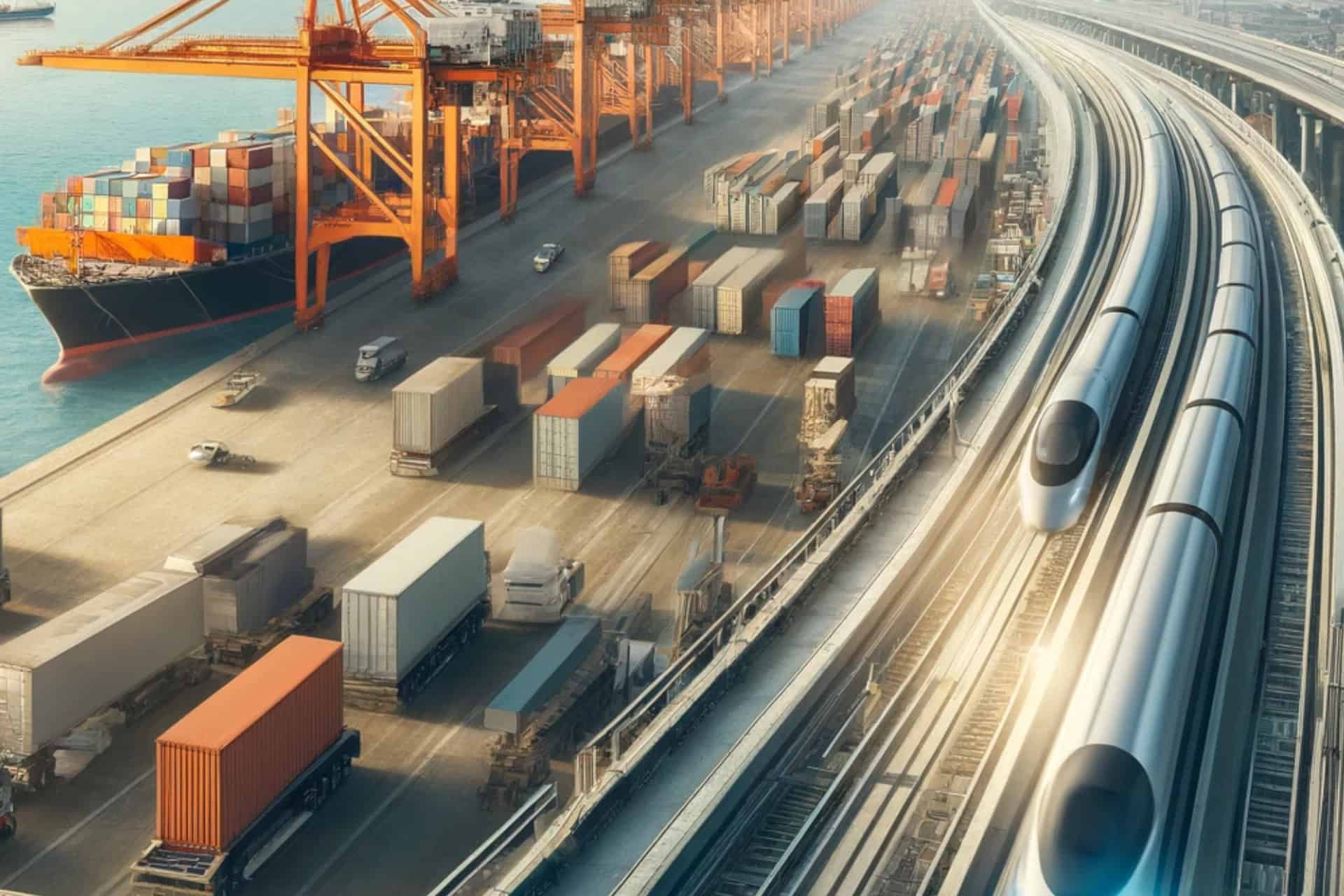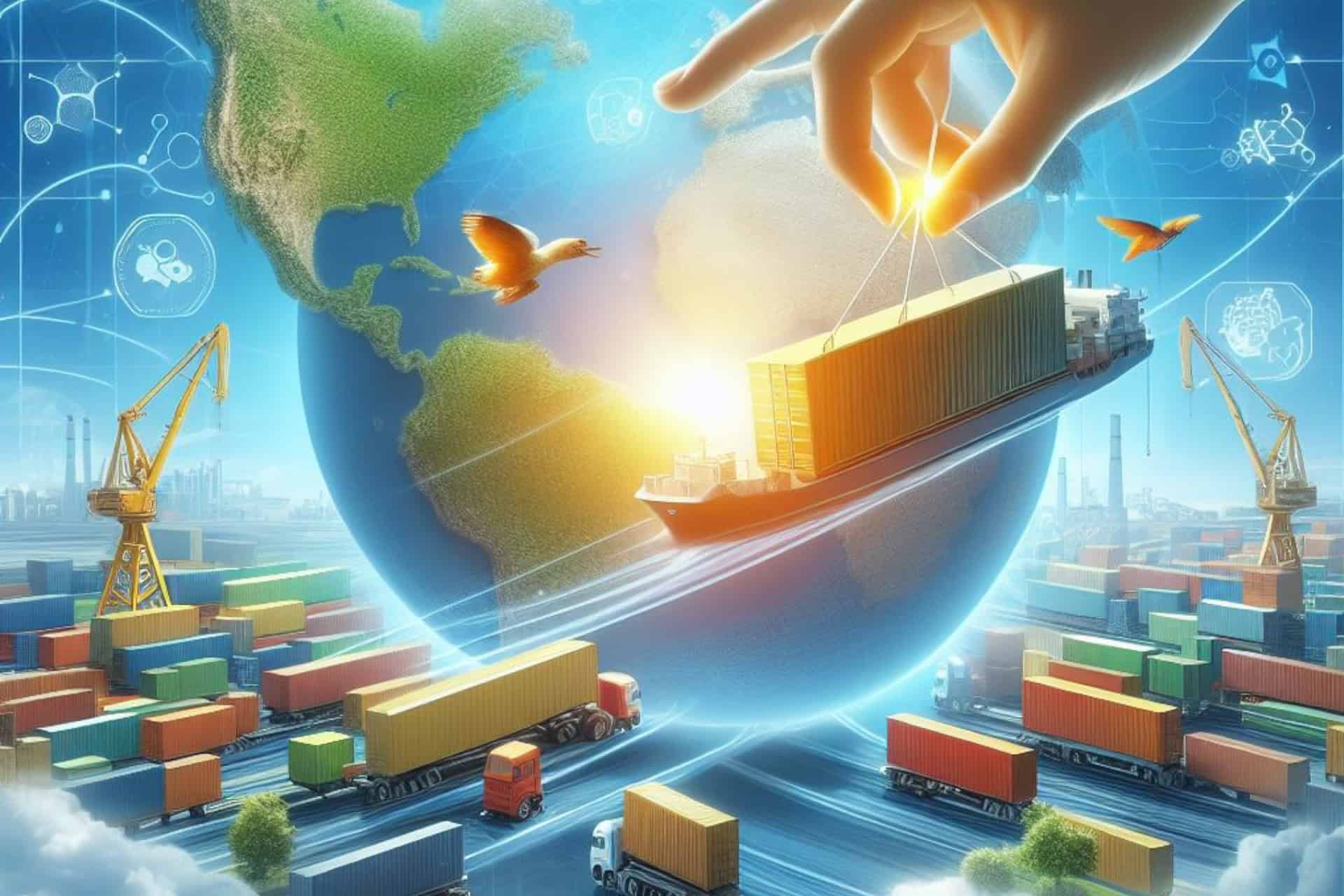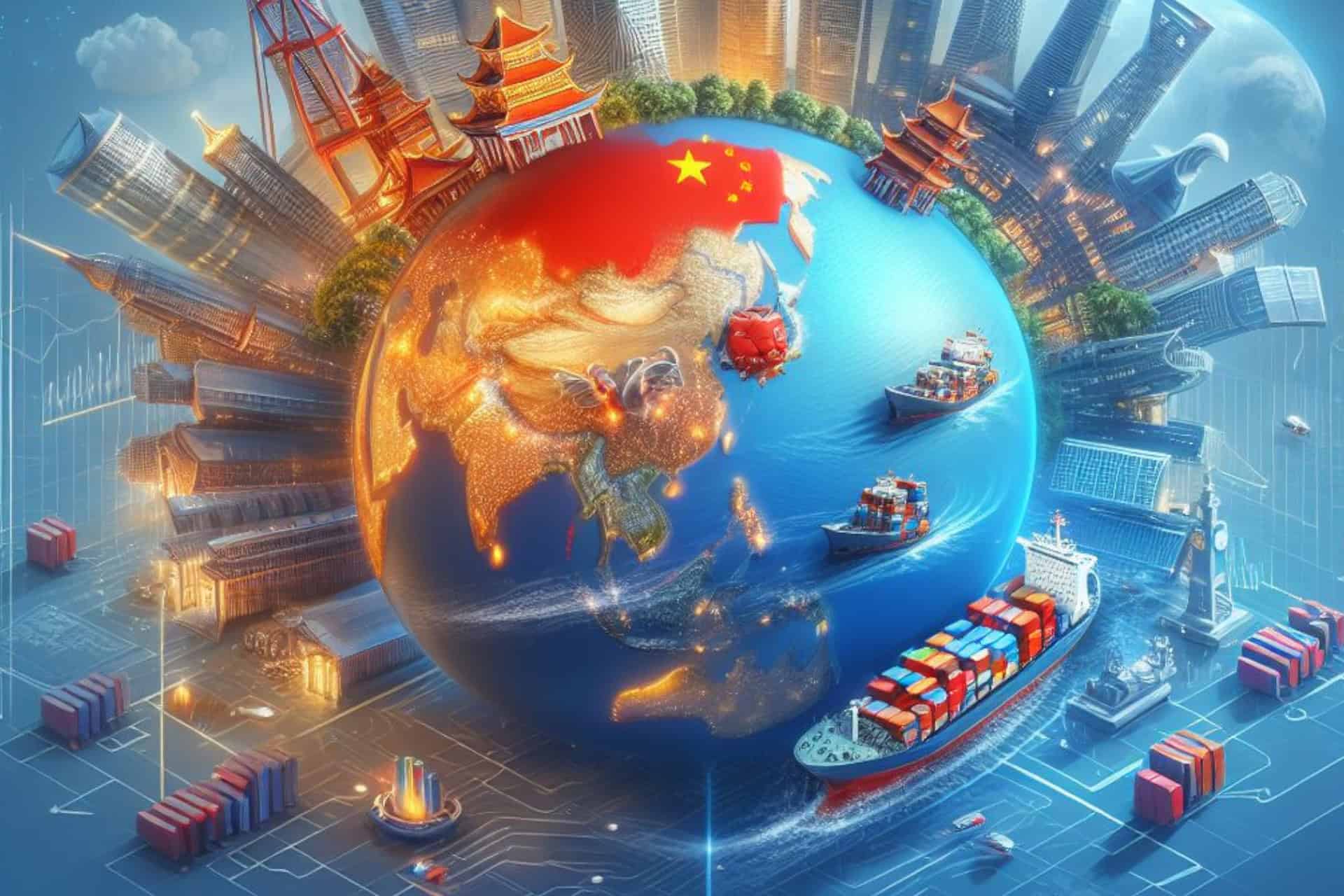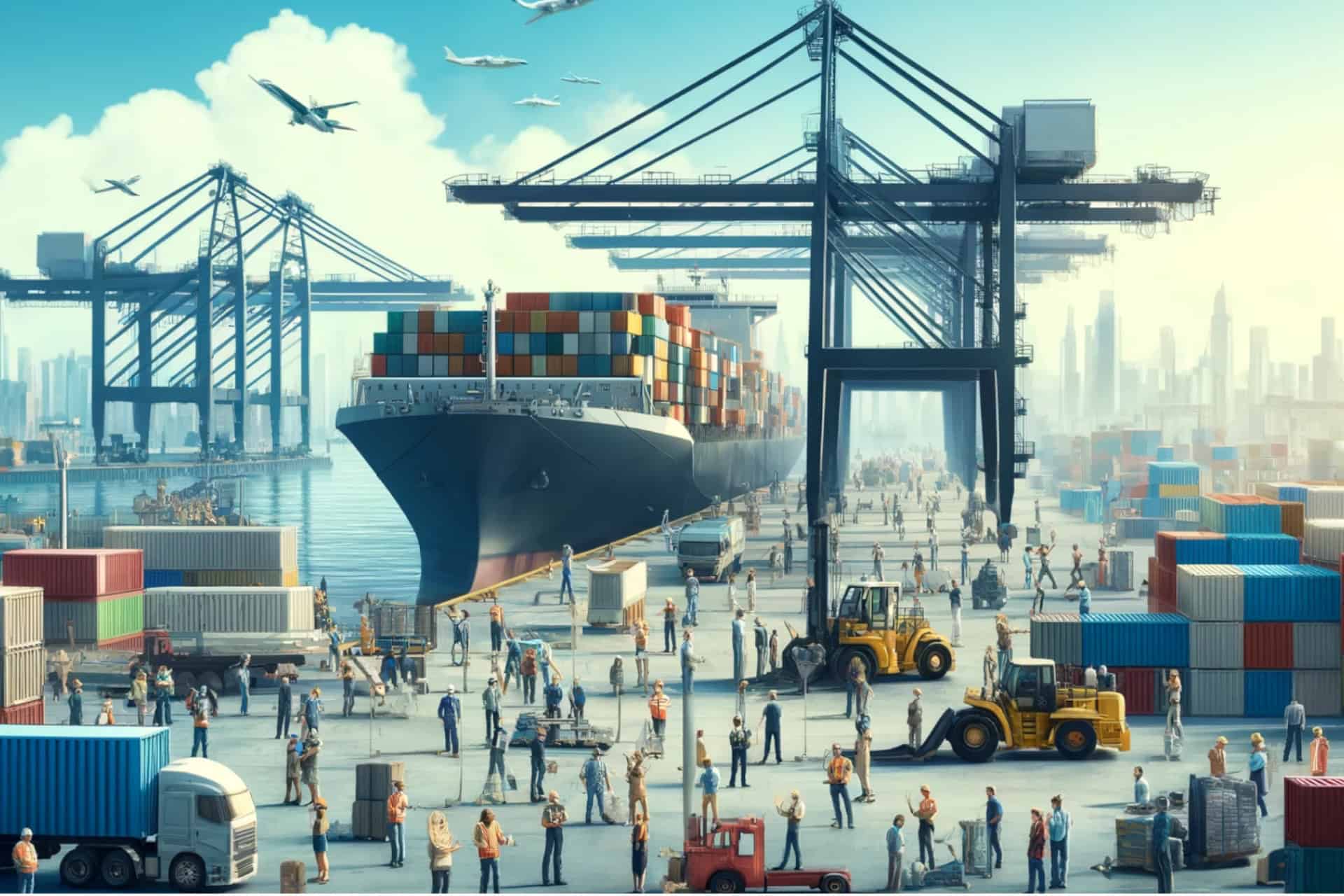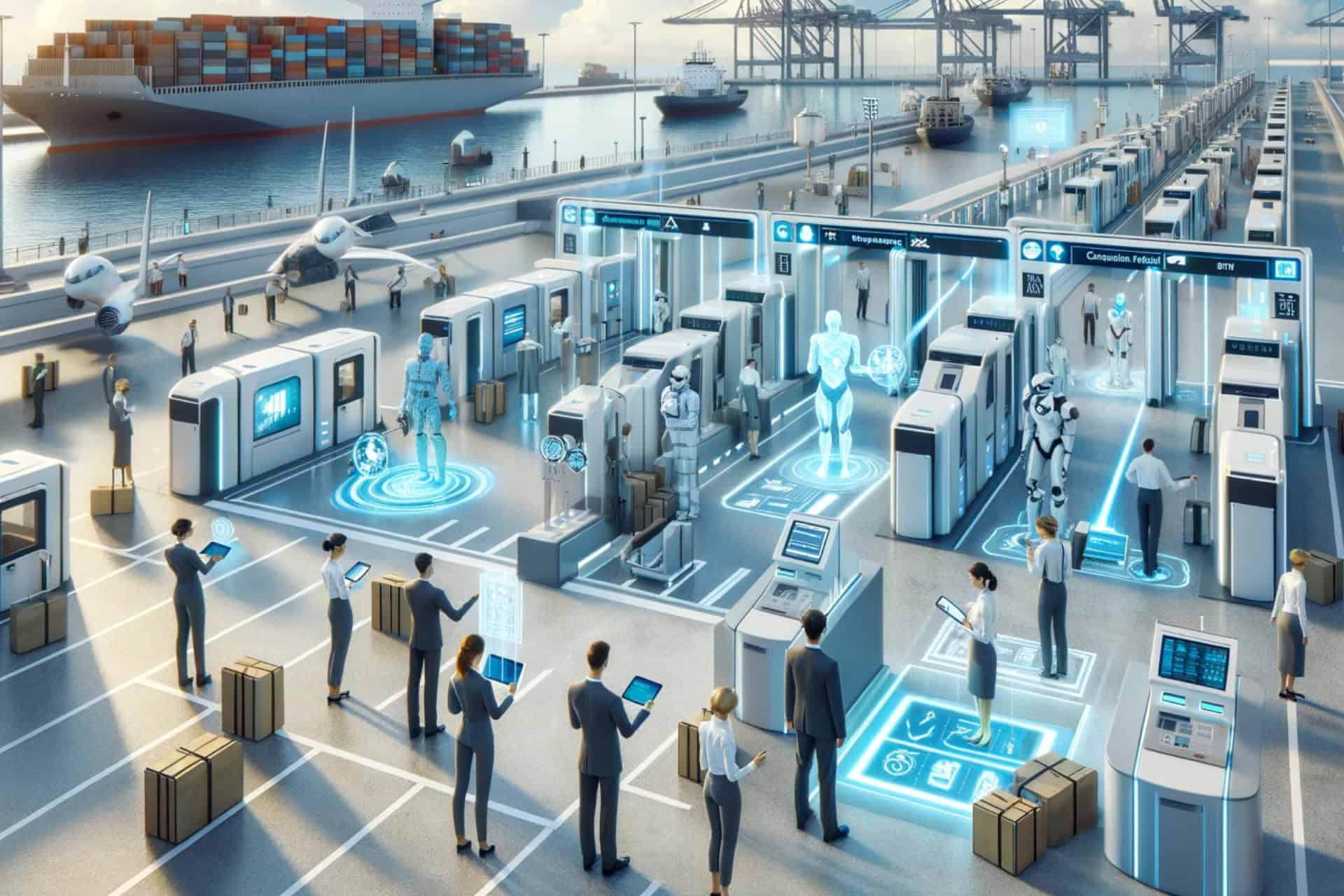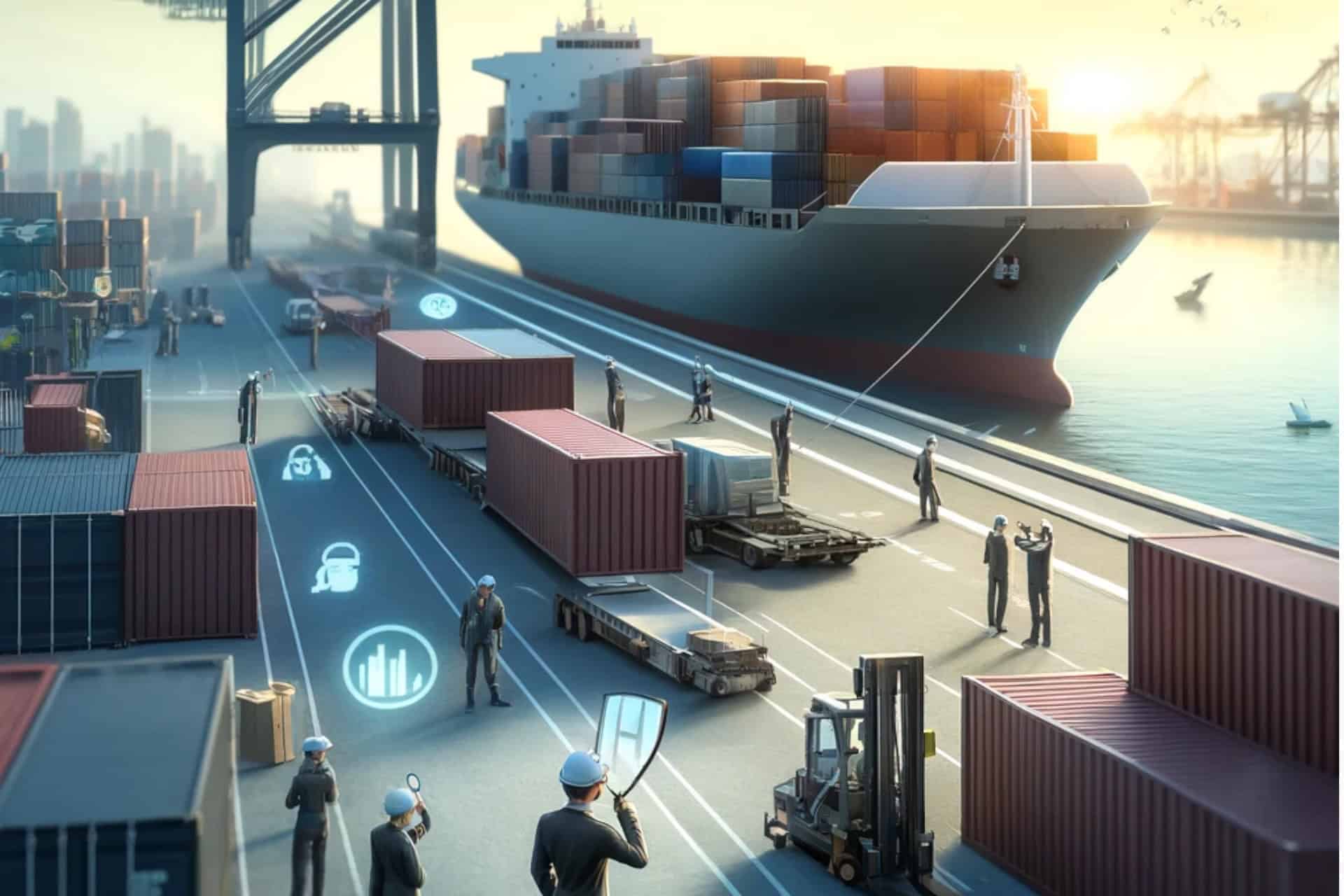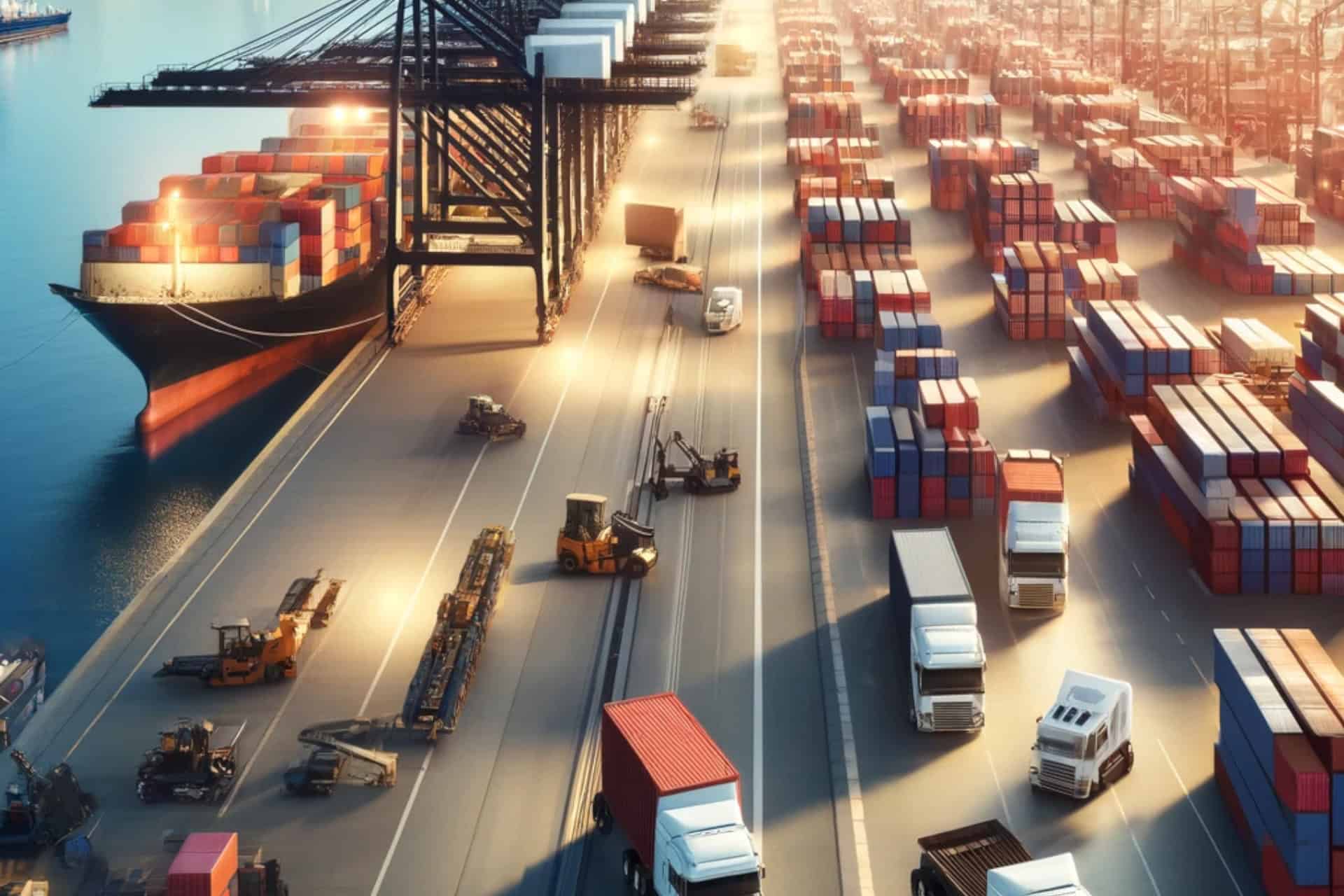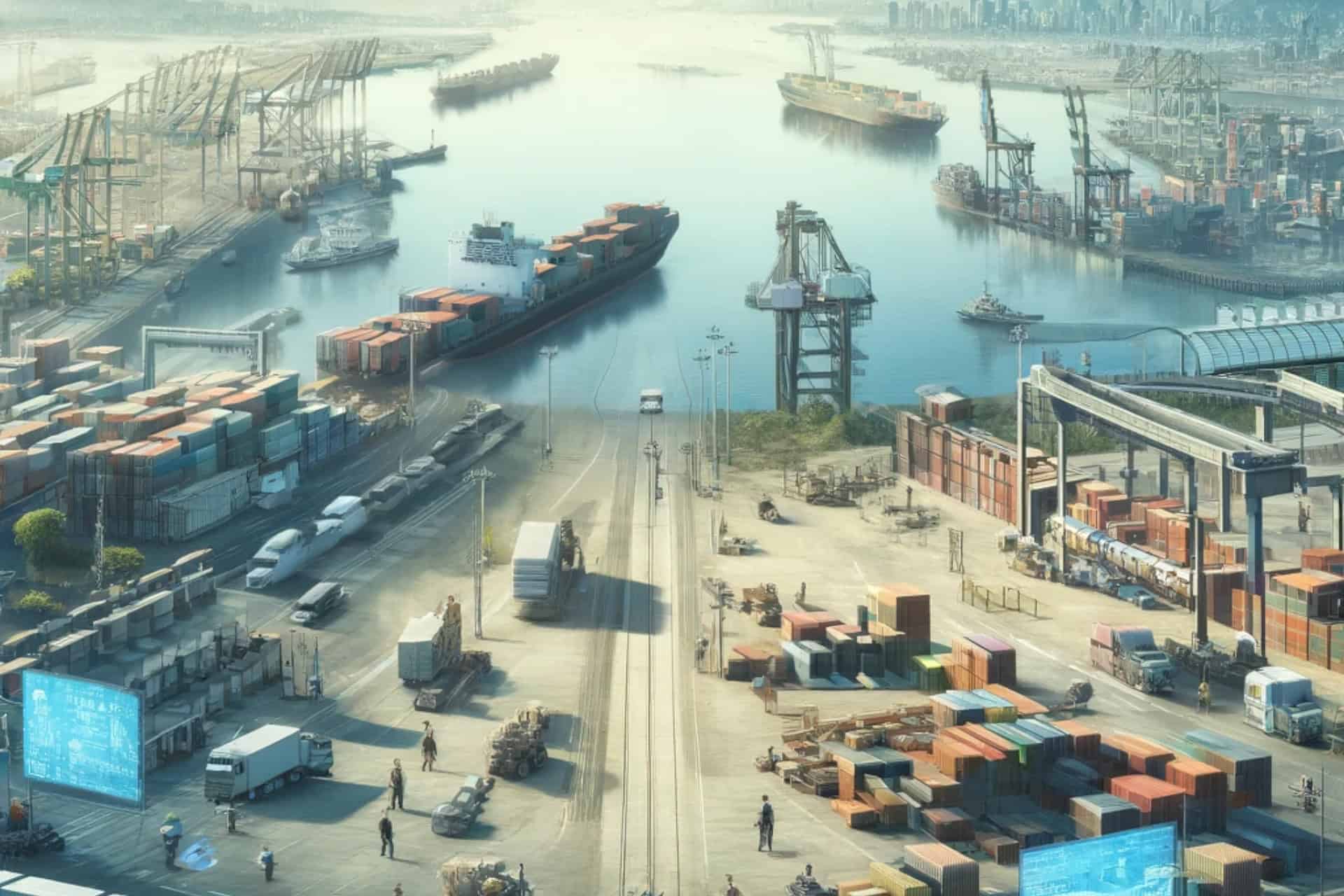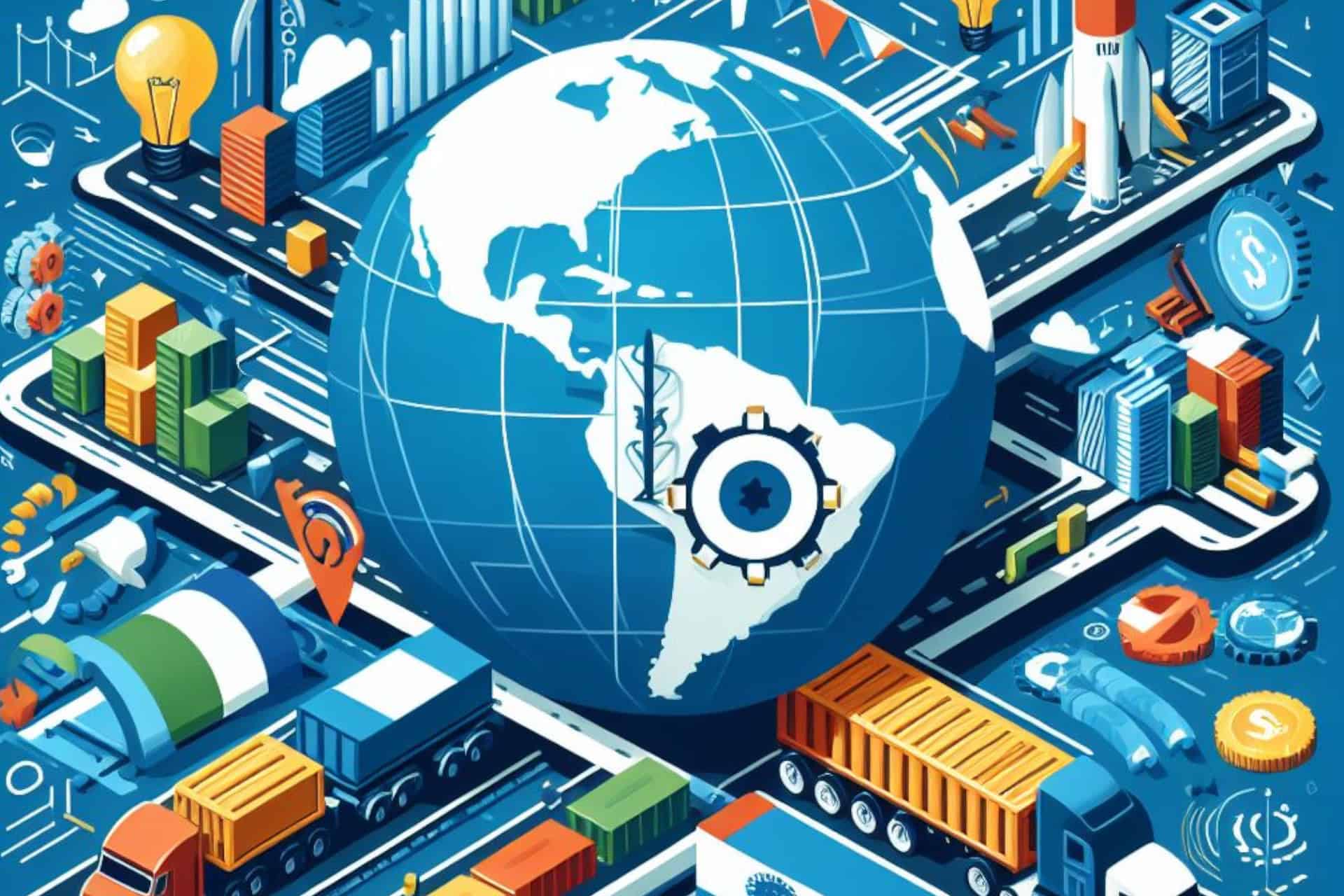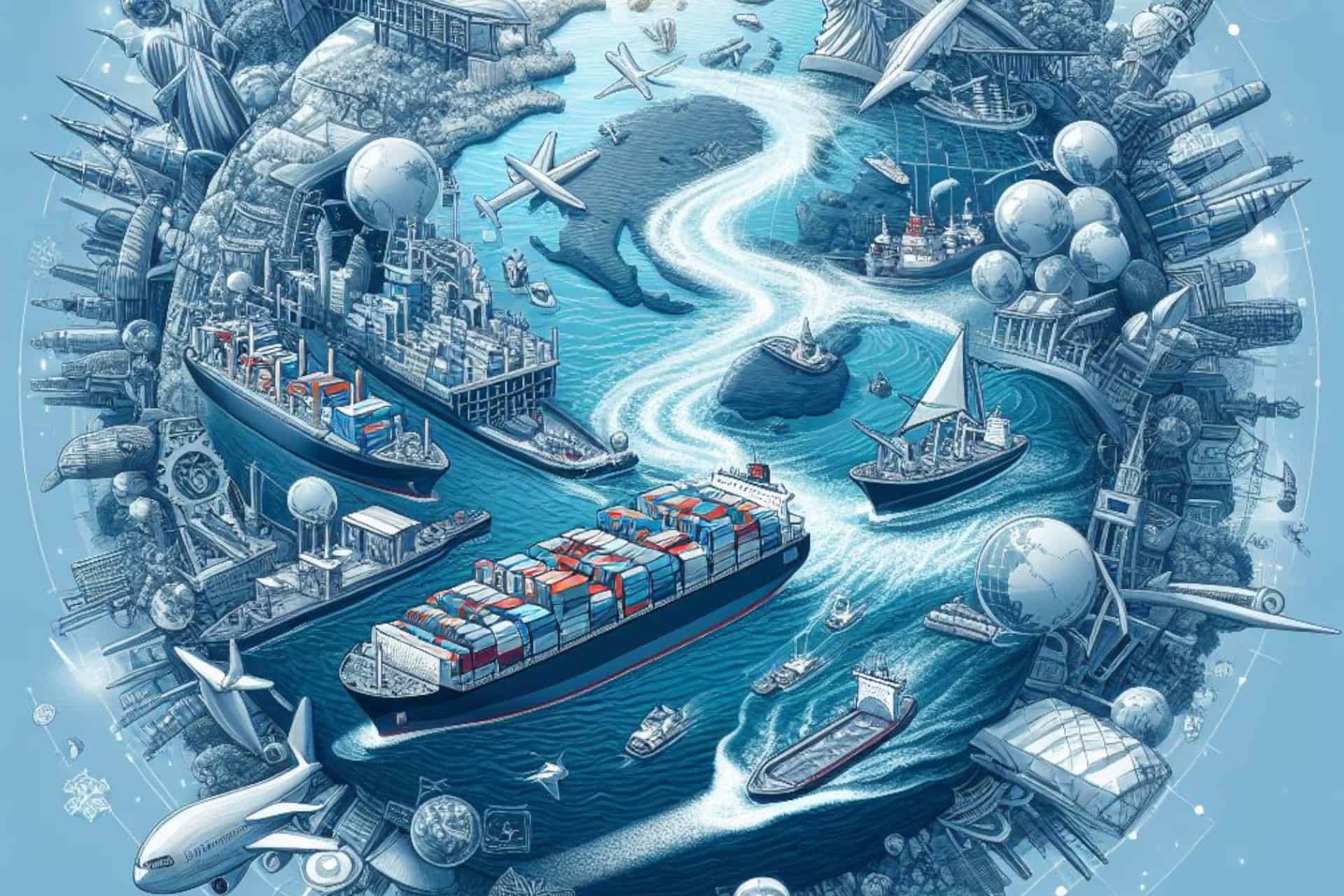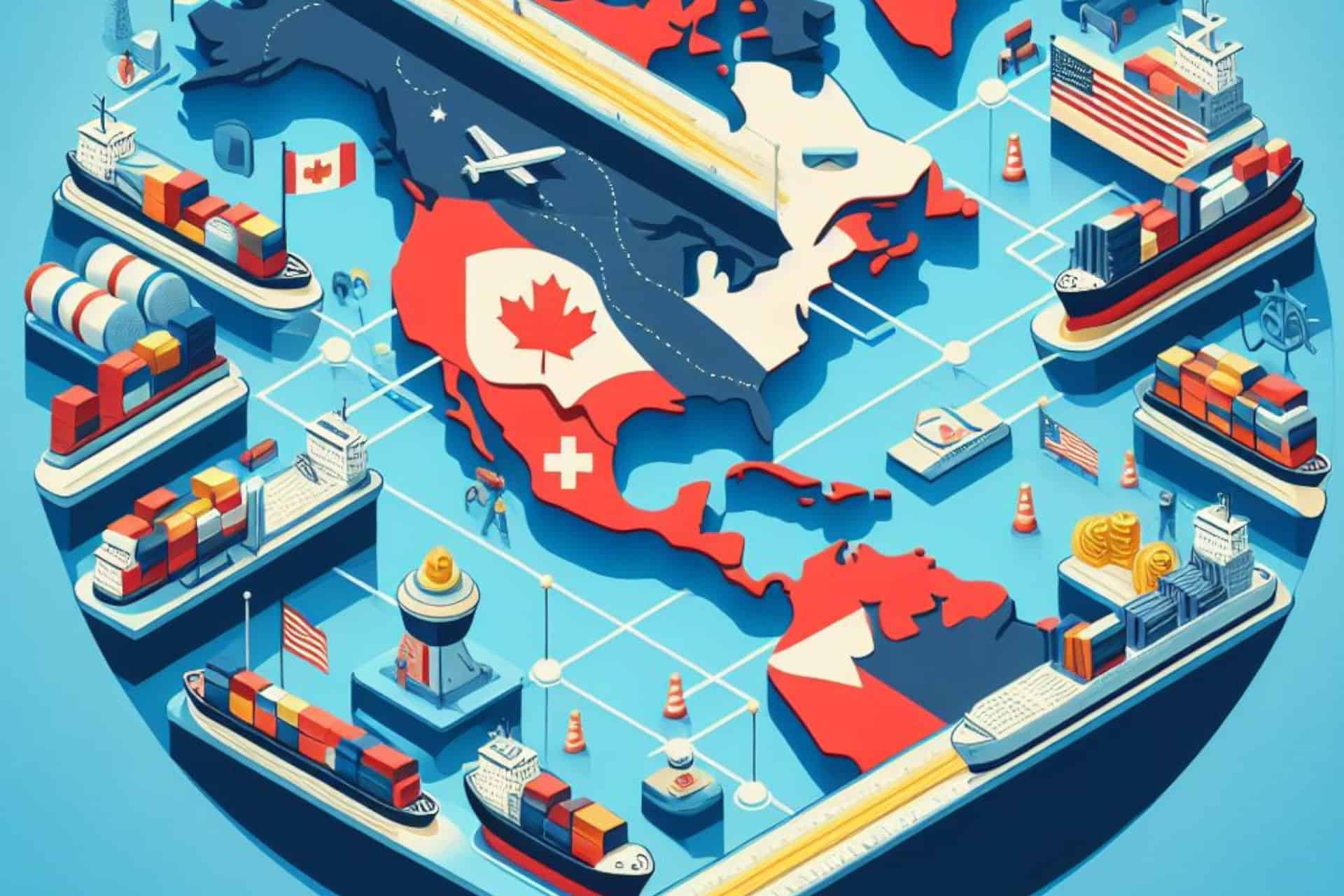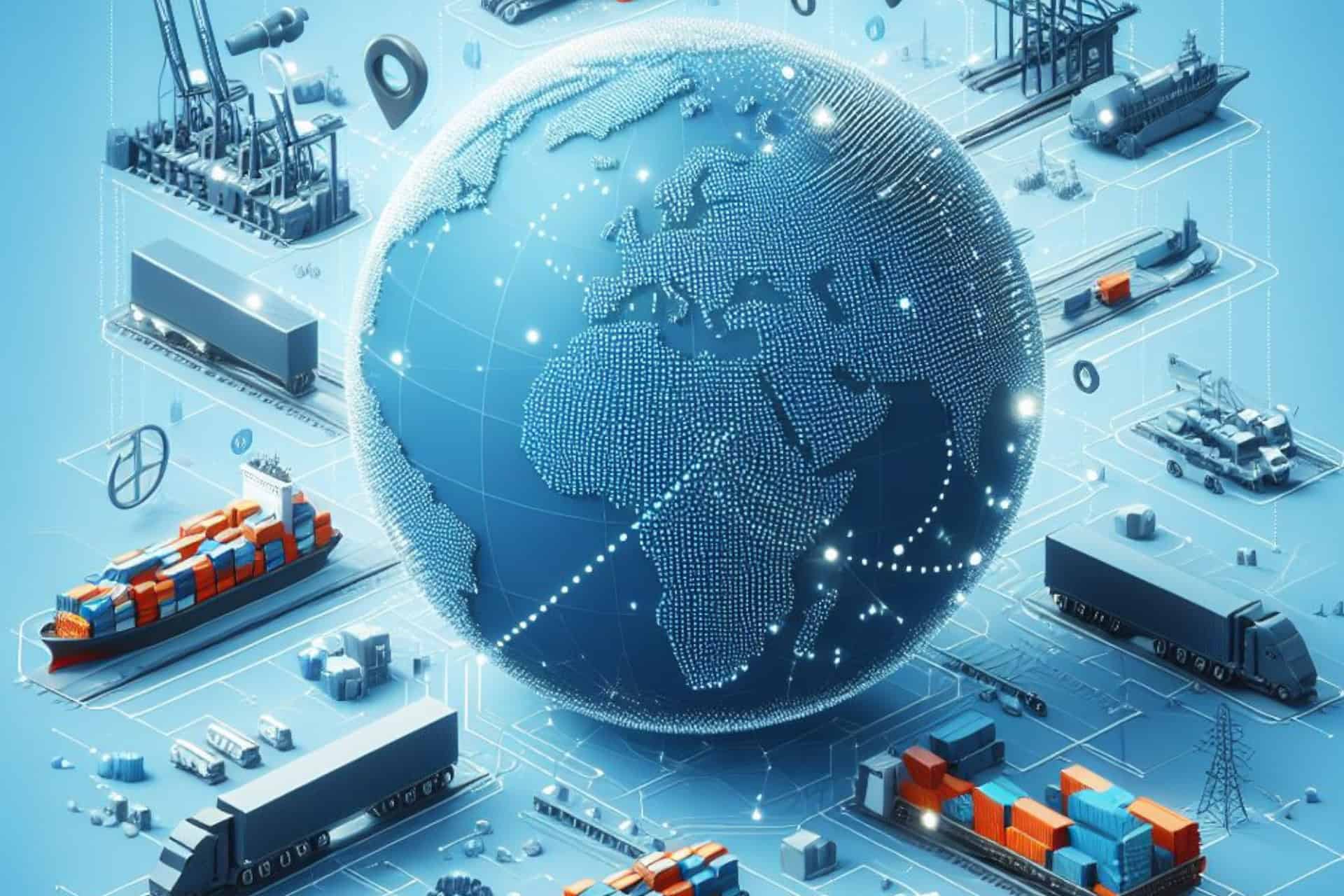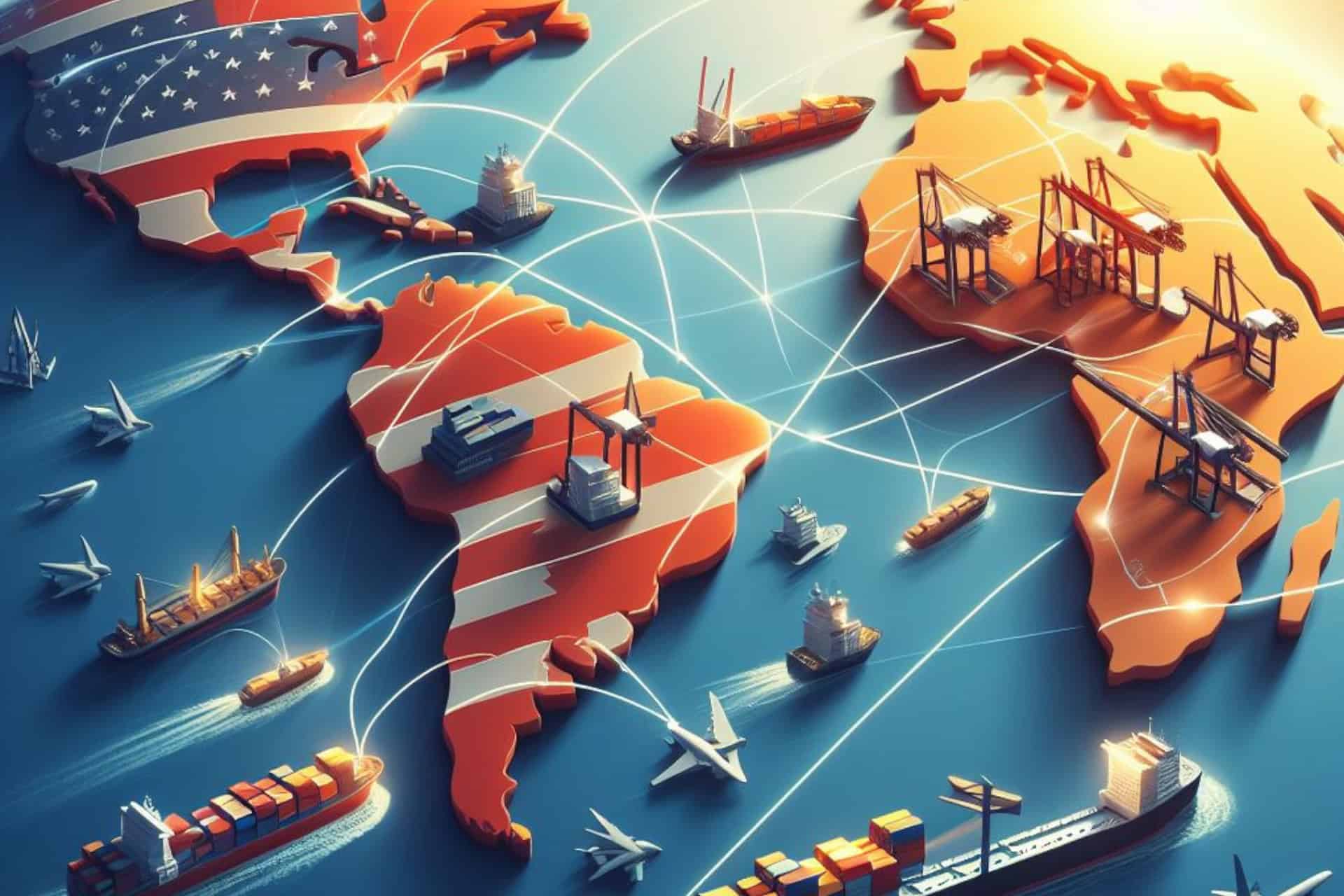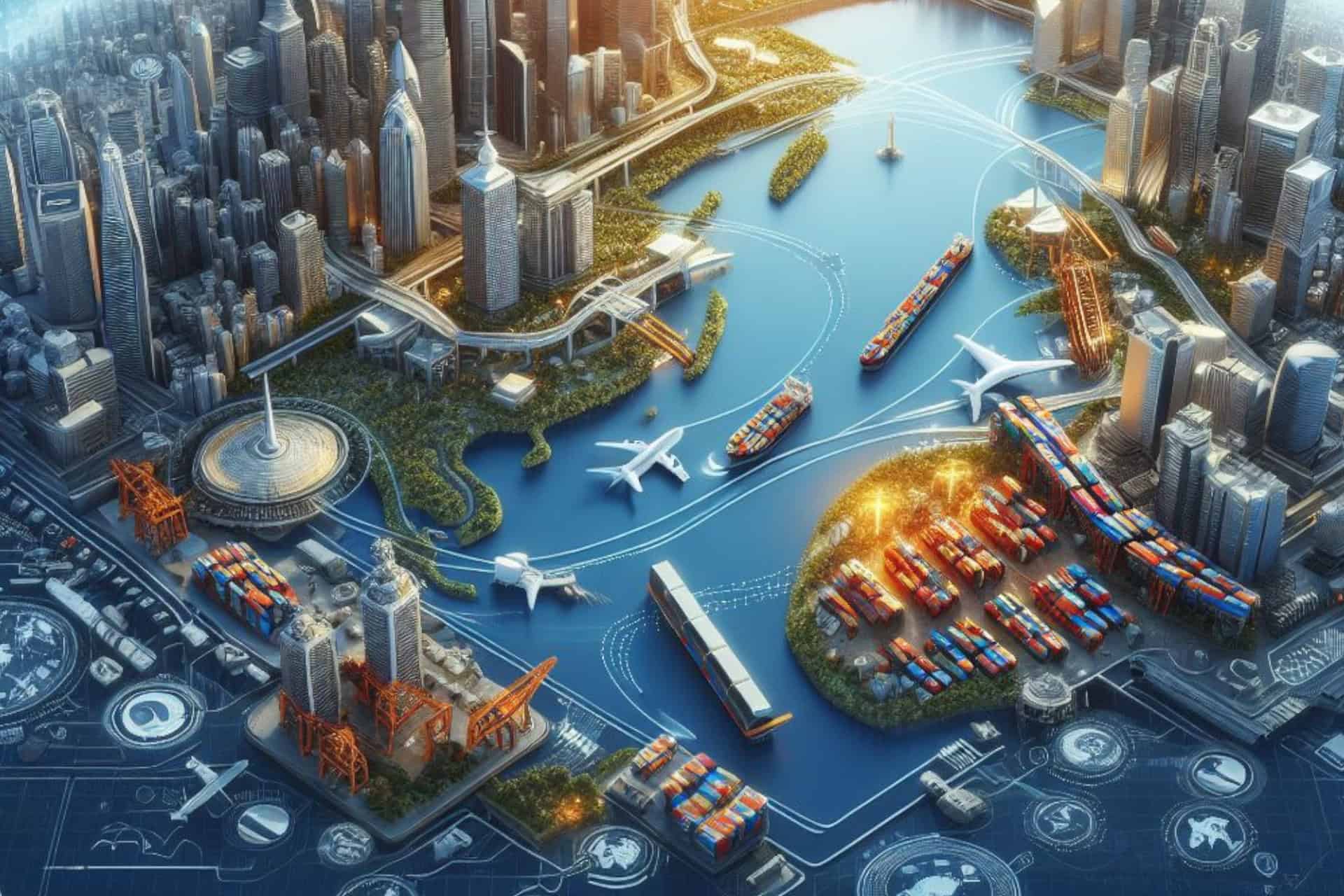Asia's Belt and Road Initiative has emerged as a transformative force in global trade, offering opportunities for enhanced connectivity, infrastructure development, and trade facilitation. By expanding trade routes, improving infrastructure, and mobilizing investment, the BRI has the potential to reshape global trade dynamics and foster greater economic integration among participating countries. However, addressing challenges and ensuring sustainable development are essential to realizing the full potential of this ambitious initiative on the global stage.
Introduction:
In recent years, Asia's Belt and Road Initiative (BRI) has emerged as a transformative force in global trade dynamics. Spearheaded by China, this ambitious infrastructure and economic development project seeks to enhance connectivity and cooperation across Asia, Europe, and Africa. As nations eagerly participate in various BRI projects, the implications for global trade are profound and multifaceted.
The Expansion of Trade Routes:
One of the primary implications of the BRI for global trade is the expansion and diversification of trade routes. Historically, trade routes have been predominantly maritime, but the BRI introduces new land corridors, such as the China-Europe railway network. These alternative routes offer faster transit times and reduced costs, providing businesses with more options for transporting goods between regions. Consequently, the BRI facilitates greater interregional trade and strengthens economic ties between participating countries.
Infrastructure Development and Trade Facilitation:
Central to the BRI is the development of infrastructure projects, including ports, railways, roads, and energy facilities. By investing in infrastructure, participating countries aim to improve connectivity and reduce transportation bottlenecks, thereby facilitating smoother trade flows. Improved infrastructure not only enhances the efficiency of existing trade routes but also creates new opportunities for trade expansion, particularly in regions with limited connectivity.
Shifts in Global Supply Chains:
The BRI has the potential to reshape global supply chains by altering the geographical distribution of production and manufacturing facilities. As infrastructure improves along BRI corridors, regions once considered remote may become more attractive for investment and production. This redistribution of economic activity could lead to a rebalancing of global supply chains, with implications for trade volumes, market competitiveness, and labor markets worldwide.
Enhanced Trade Financing and Investment:
Another significant implication of the BRI for global trade is the mobilization of trade financing and investment. China, through initiatives like the Asian Infrastructure Investment Bank (AIIB) and the Silk Road Fund, provides financial support for BRI projects, encouraging investment in infrastructure and economic development. Additionally, the BRI promotes greater financial integration among participating countries, fostering cross-border investment and trade financing mechanisms.
Challenges and Considerations:
While the BRI offers numerous opportunities for global trade, it also presents challenges and considerations. Concerns regarding debt sustainability, environmental impact, transparency, and geopolitical tensions have been raised by critics of the initiative. Addressing these challenges is crucial to ensuring the long-term success and sustainability of BRI projects and their contributions to global trade.
#BeltandRoad #GlobalTrade #InfrastructureDevelopment #TradeFacilitation #SupplyChain #Investment #Asia #EconomicIntegration #BRIImpact #TradeRoutes
Read more views






